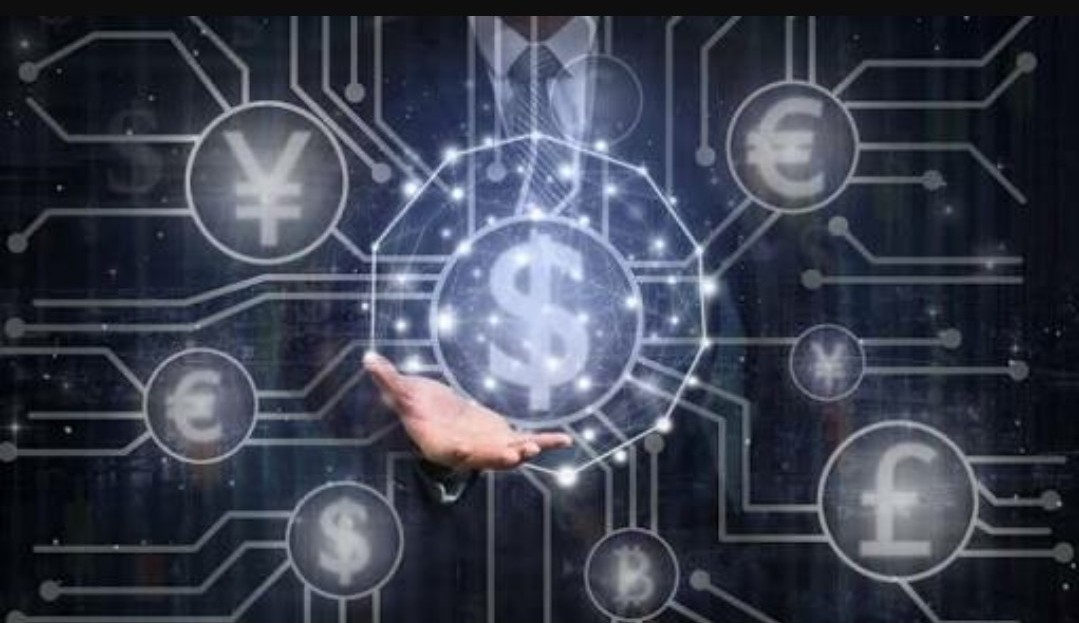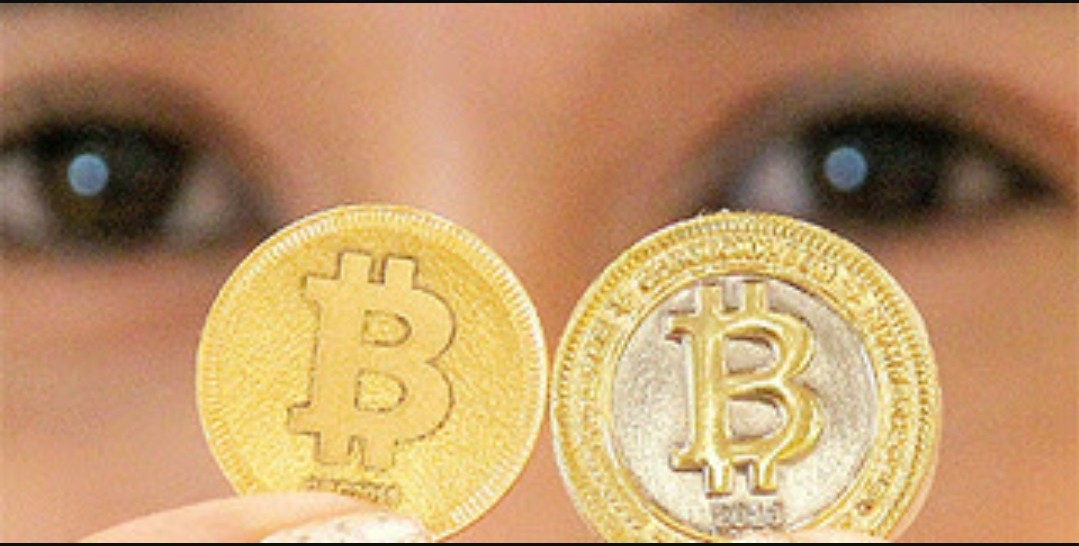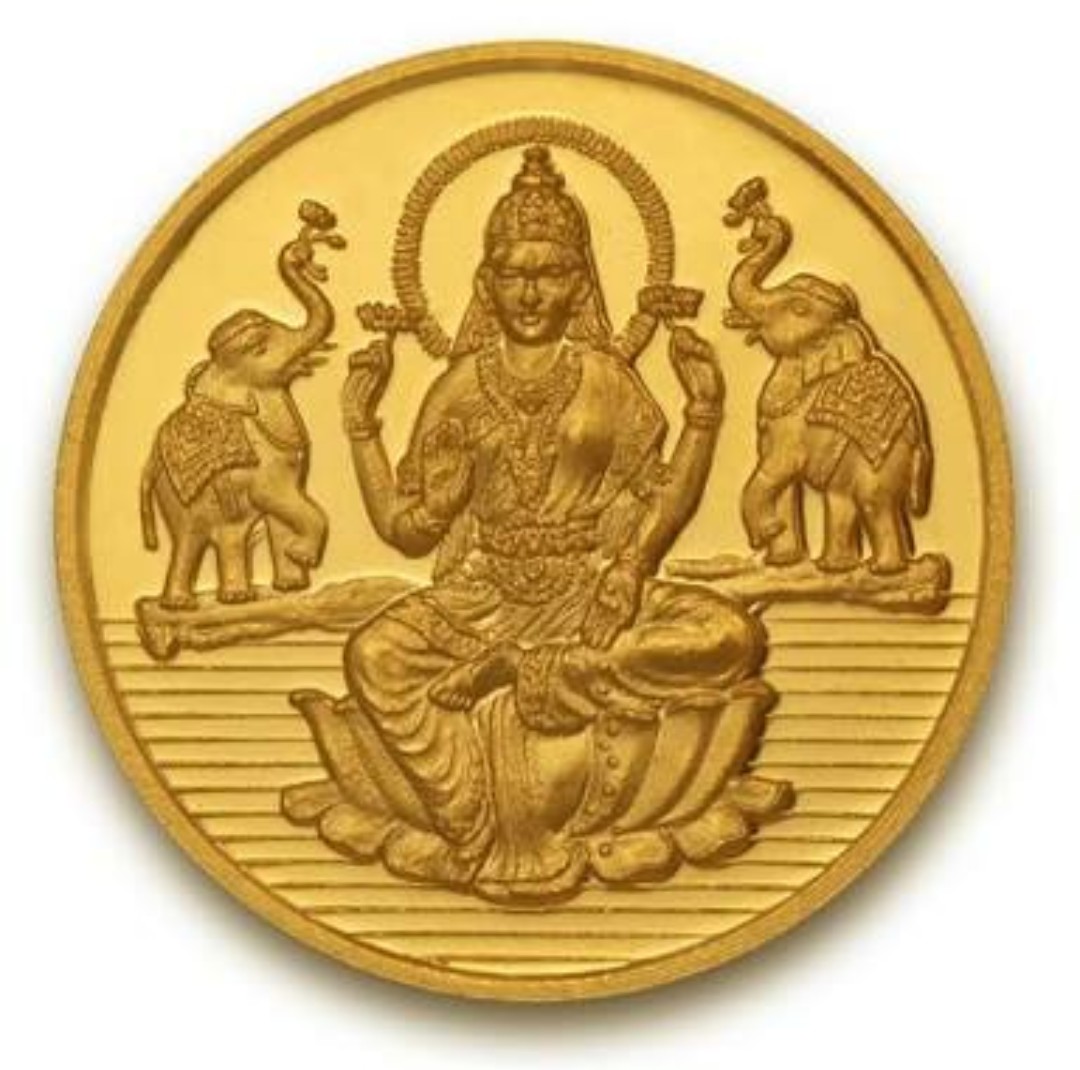Although the Indian government has made constant attempts in bringing in reforms and changes for the betterment of the people, what 2018 has up its sleeves may become the biggest, most sensational step that India will have taken.

Created by Raj Dangi and Silicon Valley-based Mitts Daki, the Laxmicoin is India’s first ever digital currency who’s ICO will be on 1st March 2018.
Originally launched in 2012, Laxmicoin has faced numerous legal setbacks and with the RBI setting restrictions on the usage of Bitcoins, the launching of Laxmicoin has only had to wait for a legal approval.
So what is a cryptocurrency?
A cryptocurrency is a digital asset designed to work as a medium of exchange using cryptography.

Bitcoin, created in 2009, was the first of this kind. Similar to the Bitcoin, Laxmicoin will be making blockchain transactions.
A blockchain transaction, in simple words, is one that an individual will make and record without the involvement of a third party (banks, etc). These transactions are stored and recorded on a network, minimising the risk of losing data and are mined (or sealed) by the individual himself.
So cryptocurrency is essentially and inherently regulation-and-control free; which concerns the officials.
How is Laxmicoin unique?
Even though the legal status of cryptocurrencies varies from country to country, they may pose a major threat to the society as an unregulated person-to-person global economy can be difficult to track and may also provide a convenient platform to anonymous web criminals. Hence, even if the government decides to go through with this idea, Laxmicoin could potentially be under the purview of the RBI.

It will also require amendments in certain acts such as the Currency Regulation Act, which would impose government regulation on it quite contradictorily to the definition of cryptocurrencies.
However, its implementation could bring about a drastic change, especially for people who do not have access to credit or debit cards. Besides, it will also take away the surcharges on card payments.
Laxmicoin, whose name is kept after the Hindu goddess of wealth, is expected to become the first legalized cryptocurrency which is one of the reasons why it has gained fame rigorously. Though at first it was kept on hold, the increase in the popularity of virtual currencies has brought its discussion on the tables. The RBI executive director Sudarshan Sen recently said, “Indian government is uncomfortable with non-fiat currencies”, and mentioned Bitcoin as an example. Another industry player said, “Laxmicoin hasn’t heard from the Central Bank as yet. It is quite impossible to imagine the RBI will give a no-objection to any virtual currency promoter now”.
However, posts on Laxmicoin’s Twitter page seem to tell a different story. They revealed having sought “regulatory clarifications” and awaiting RBI’s response so as to launch the Laxmicoin. They also mentioned having had advanced level discussions with investors and believe they are “making good progress”.
While many are waiting to receive clearer regulatory clarifications that virtual currencies are not illegal, the experts have established that virtual currencies have a number of significant risks associated with them at the moment.
However, the final verdict is yet to come and like the creators of Laxmicoin, we keep our fingers crossed!

